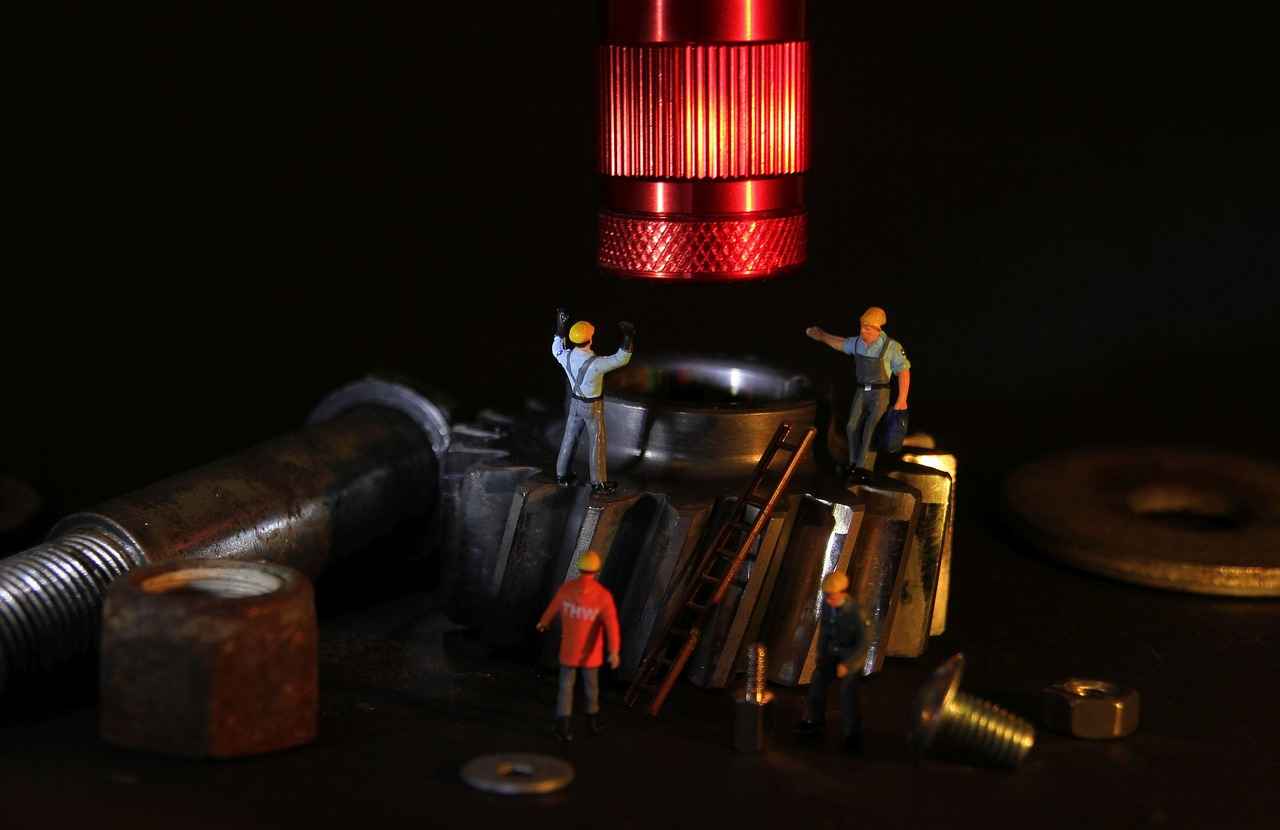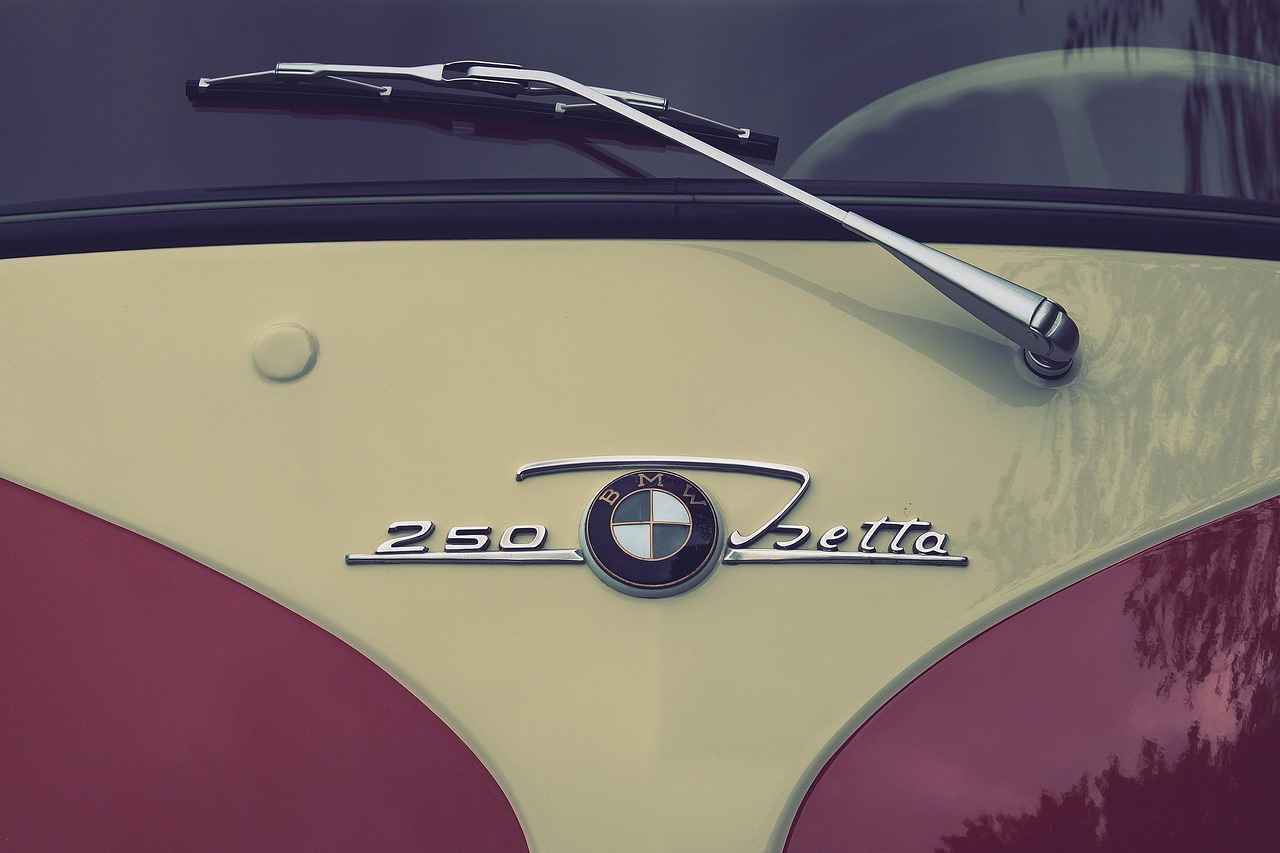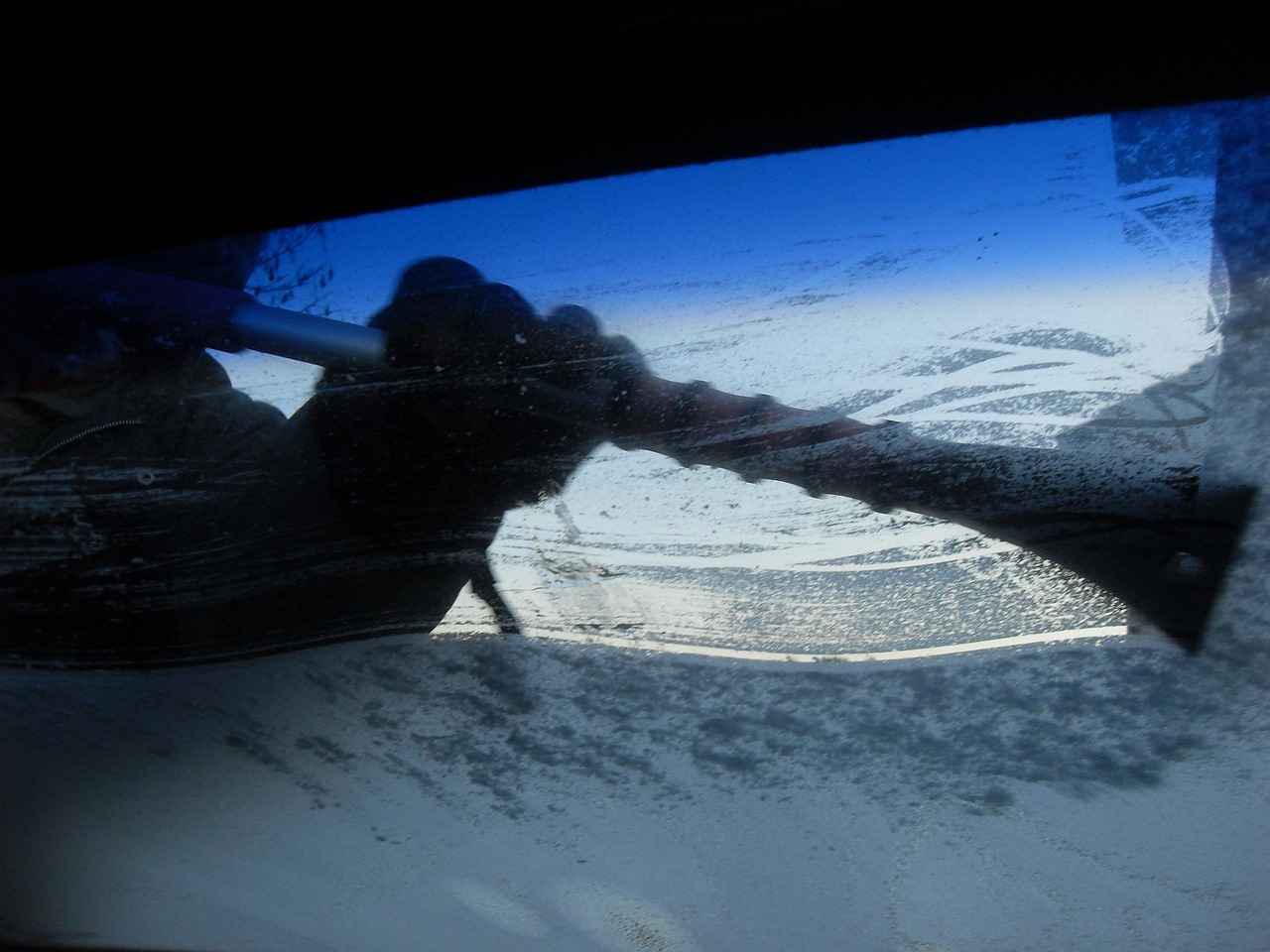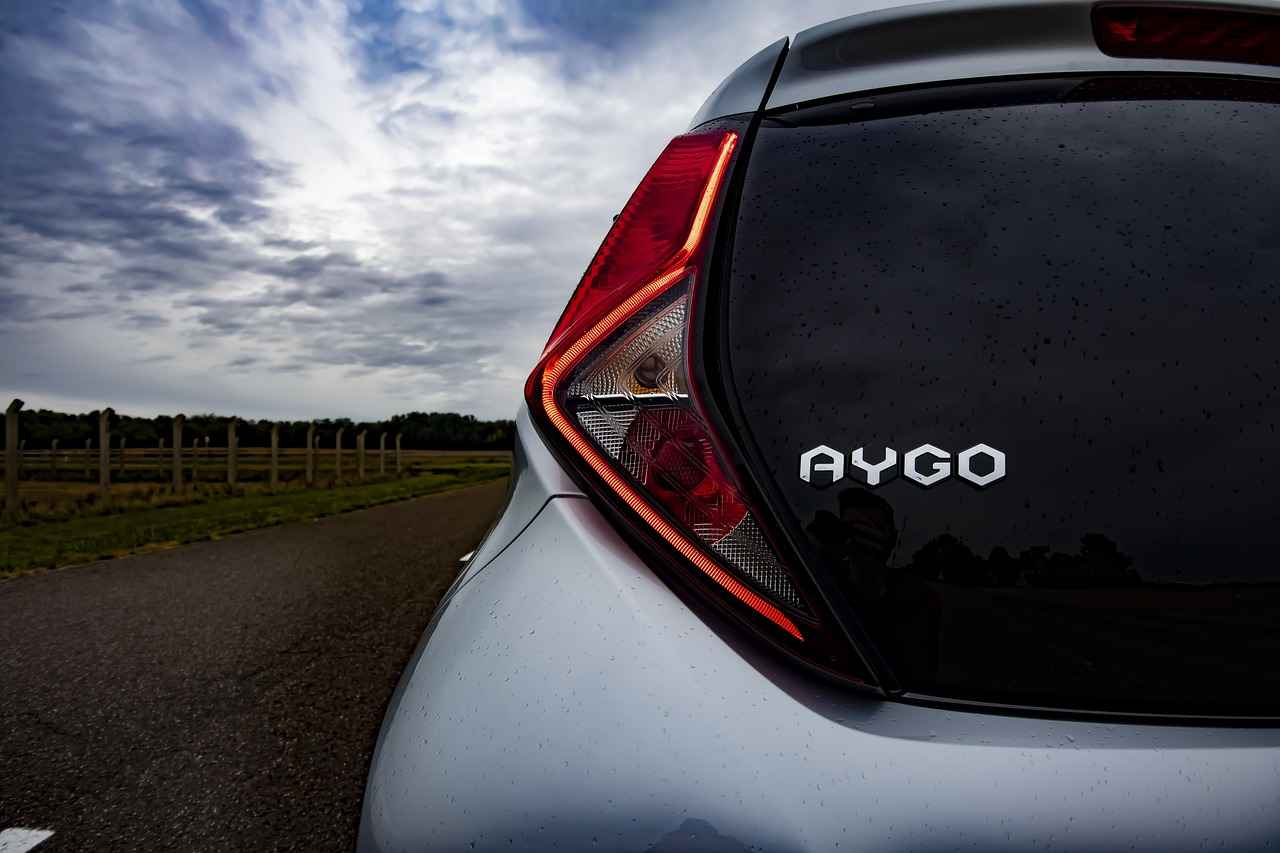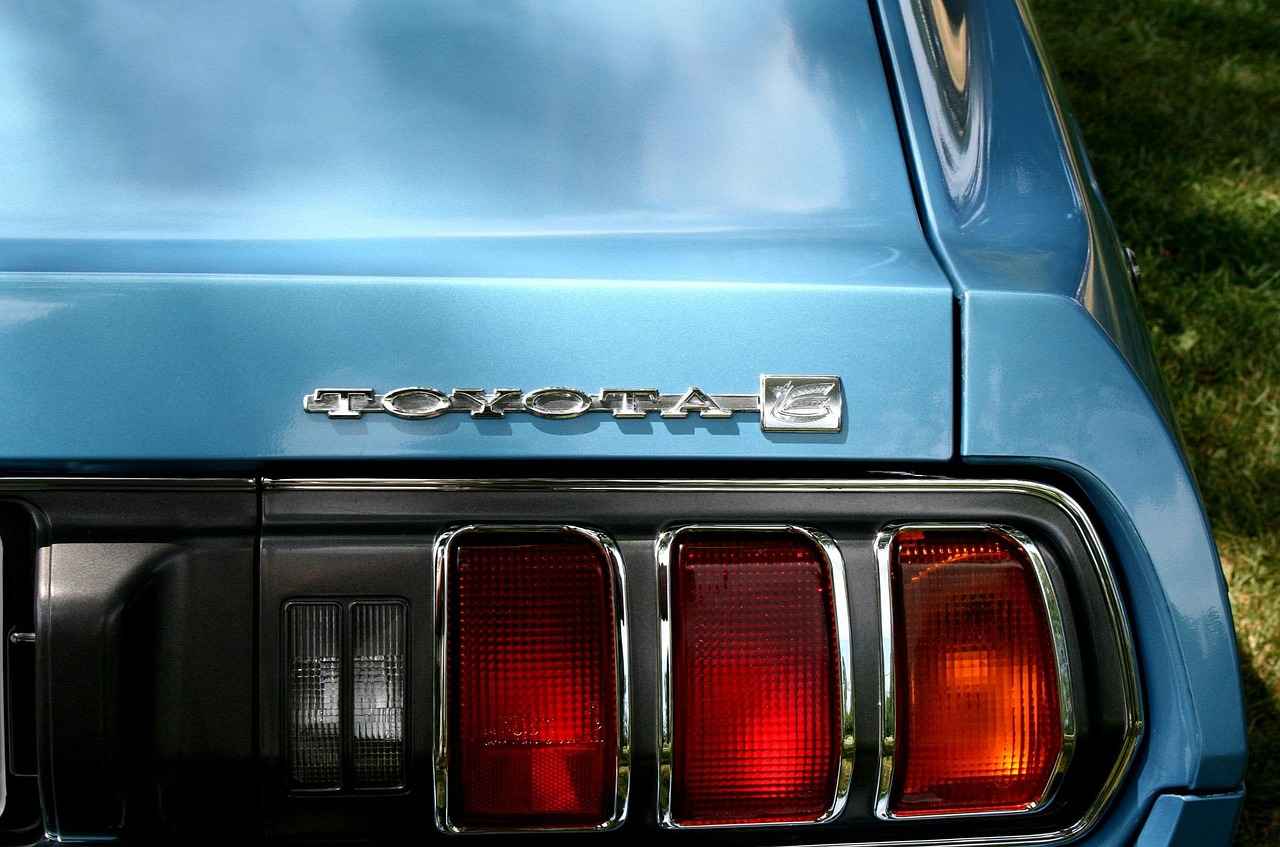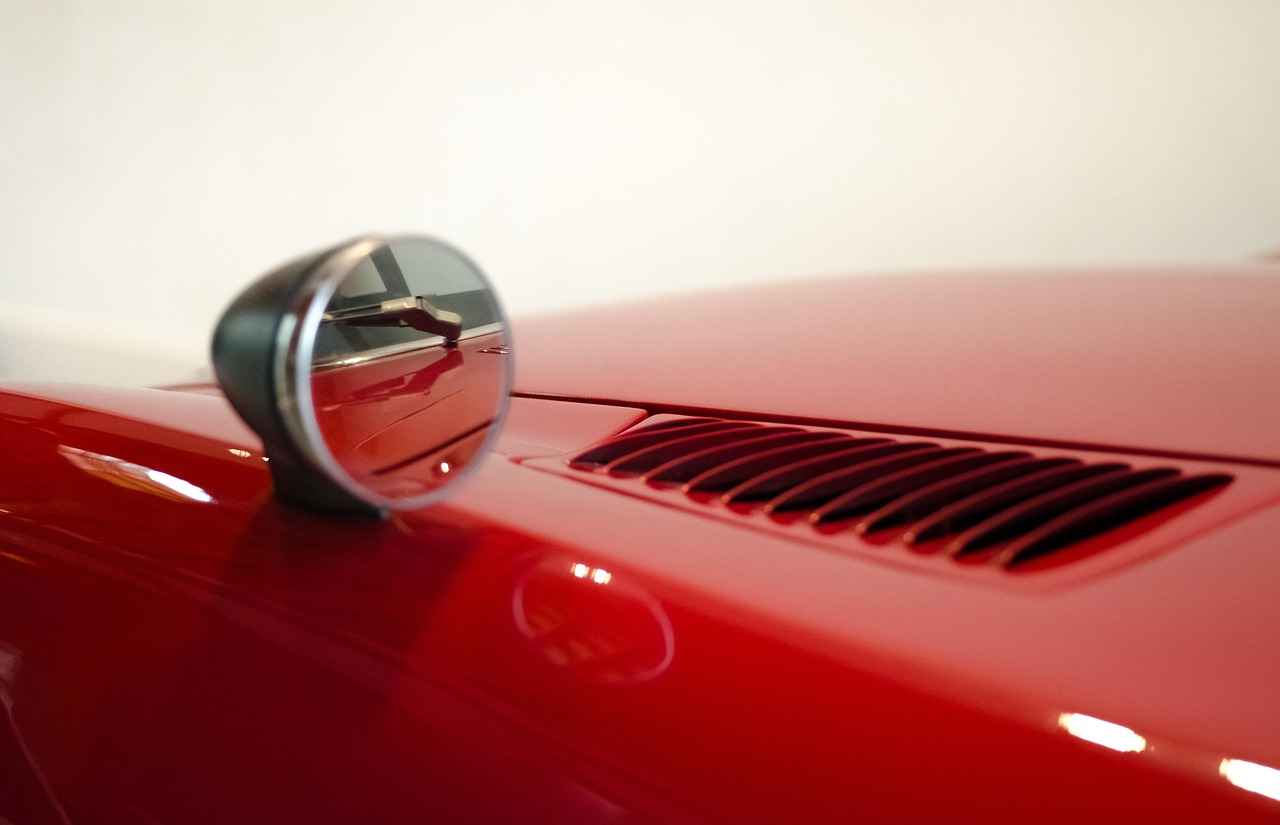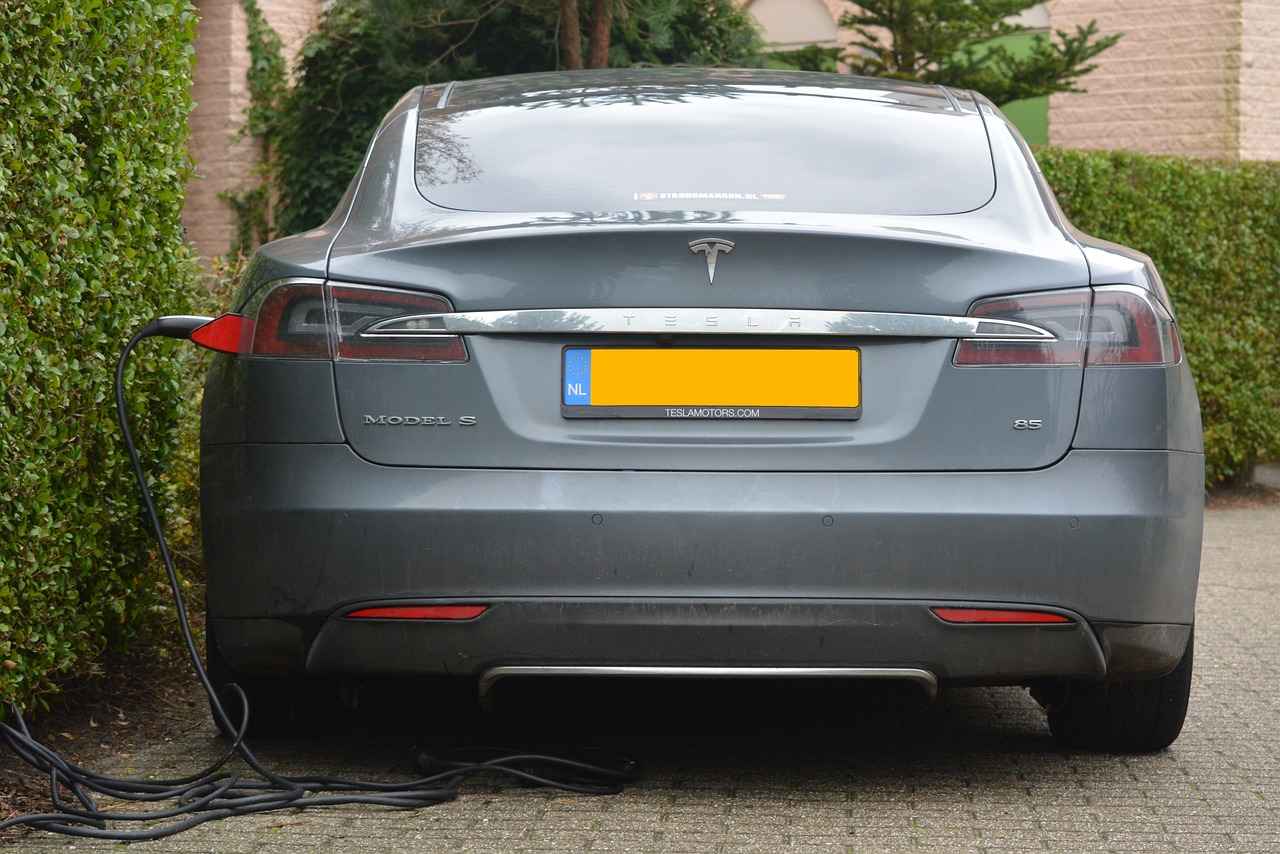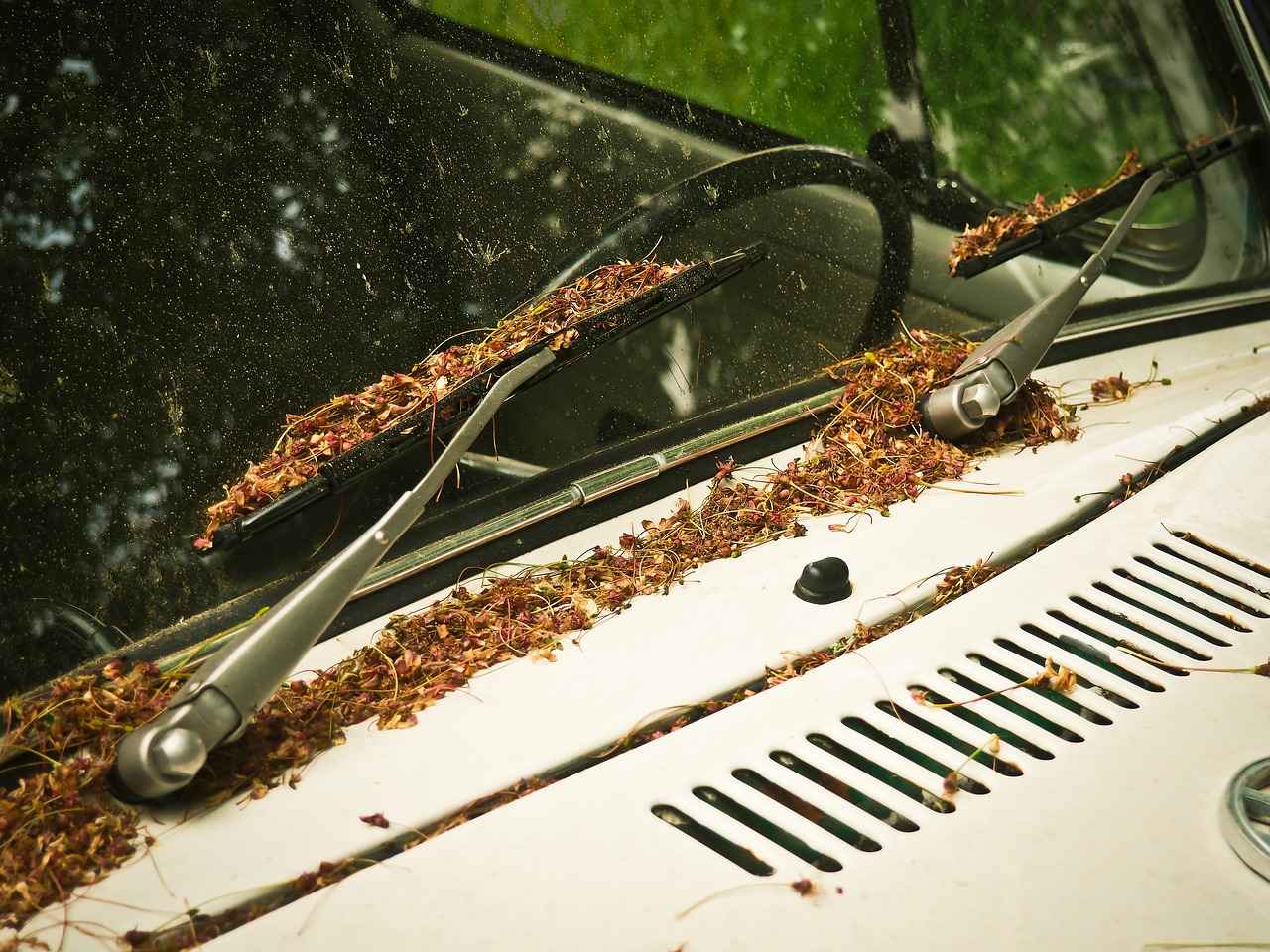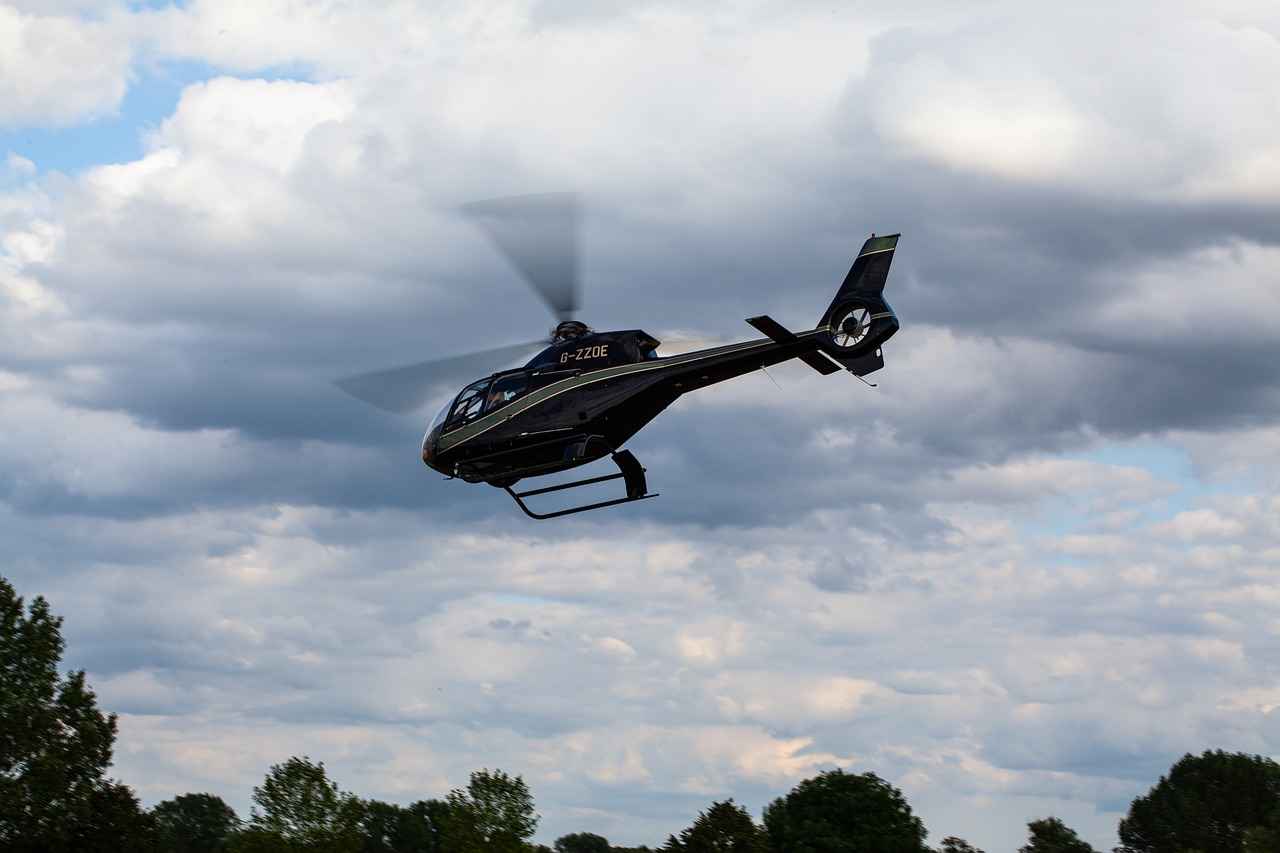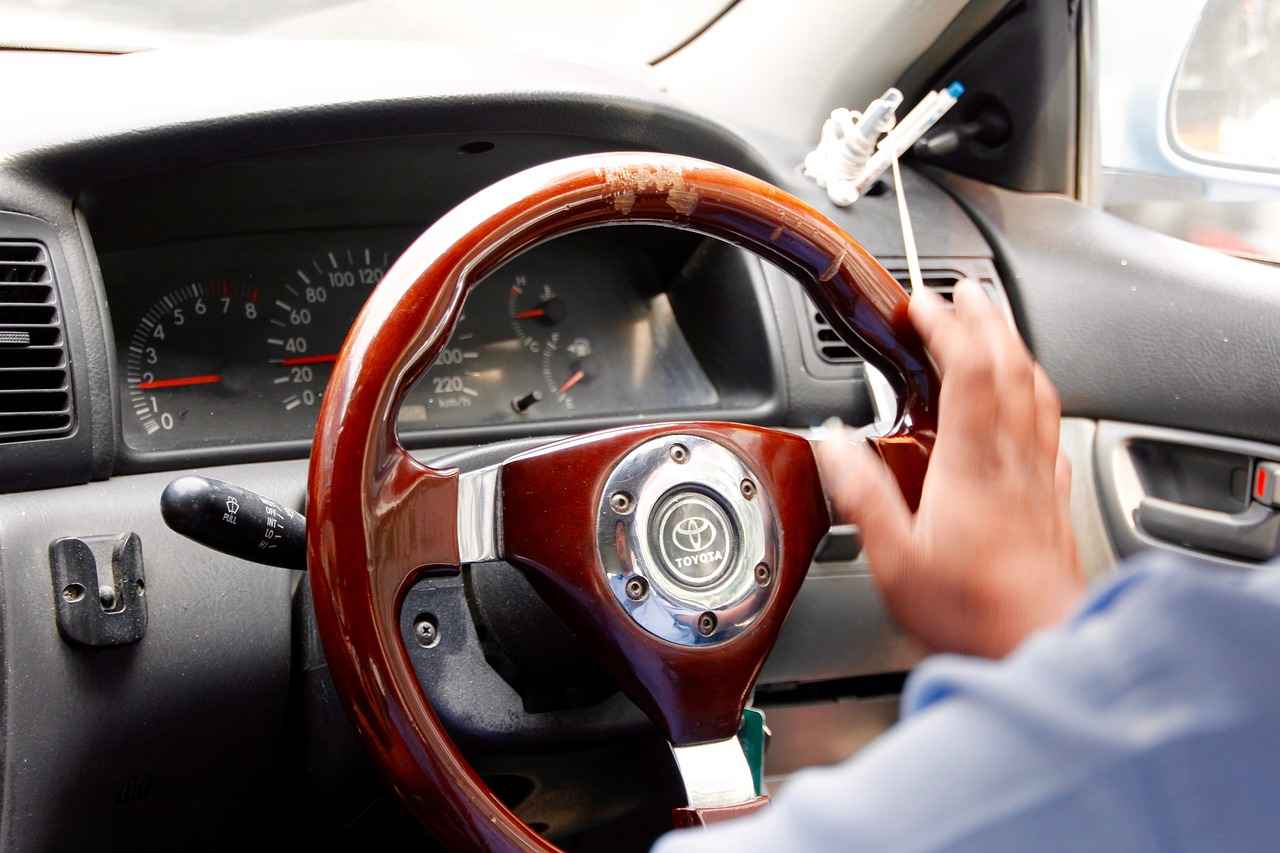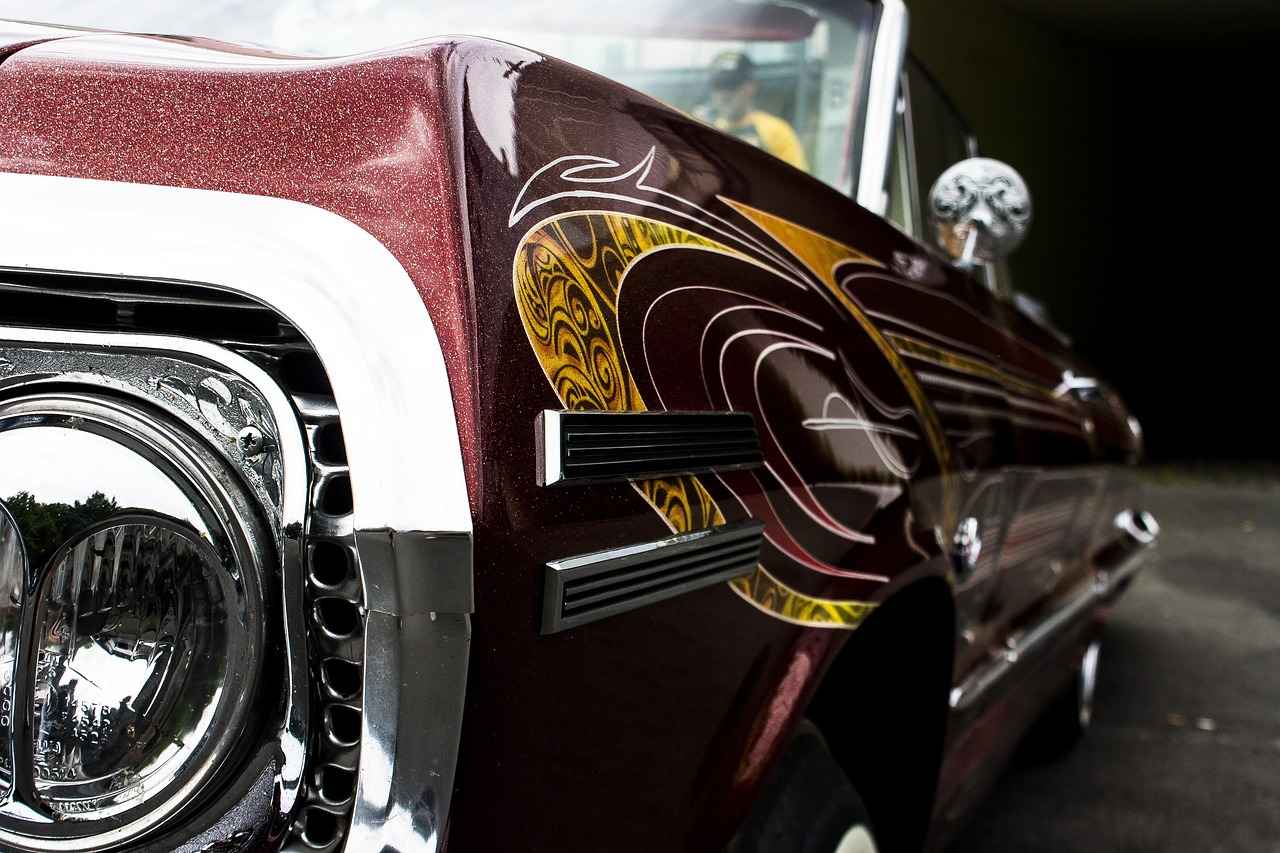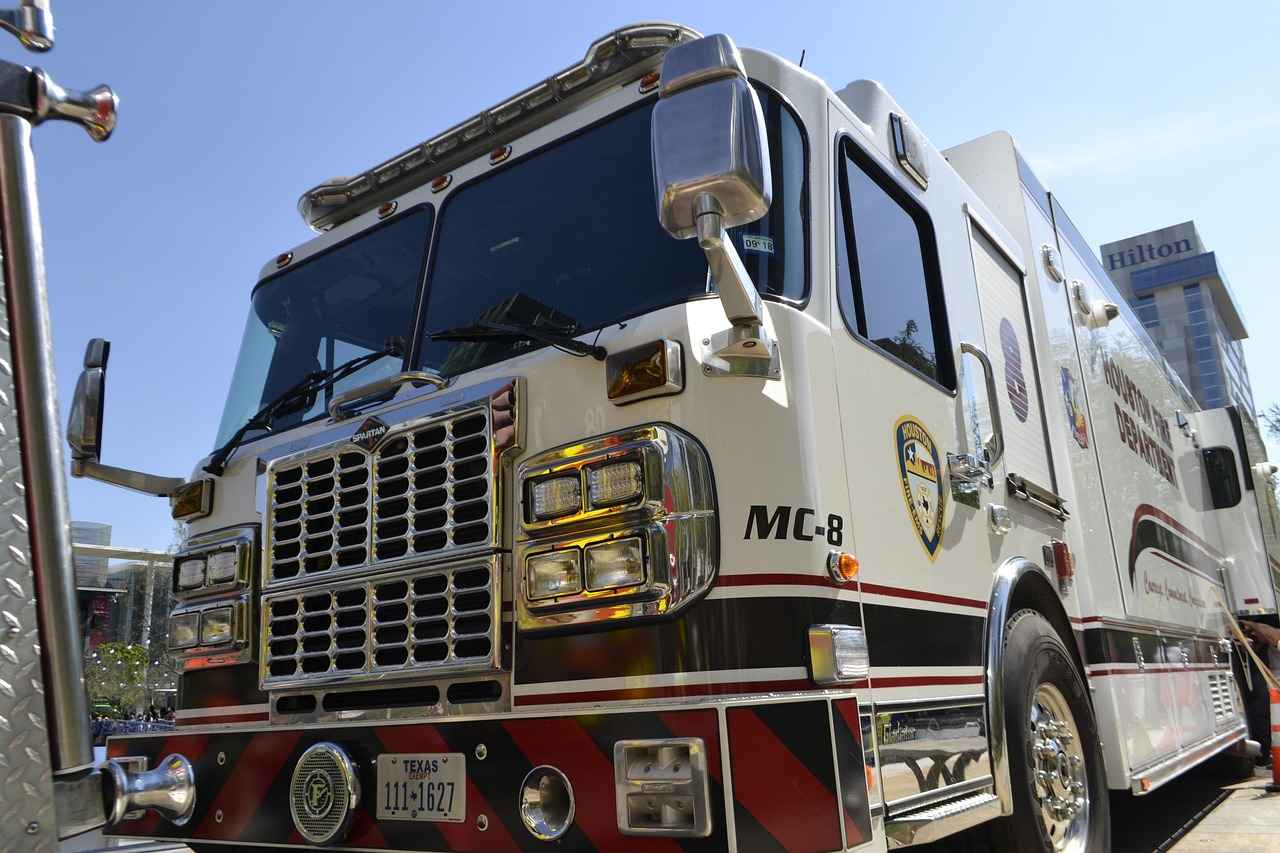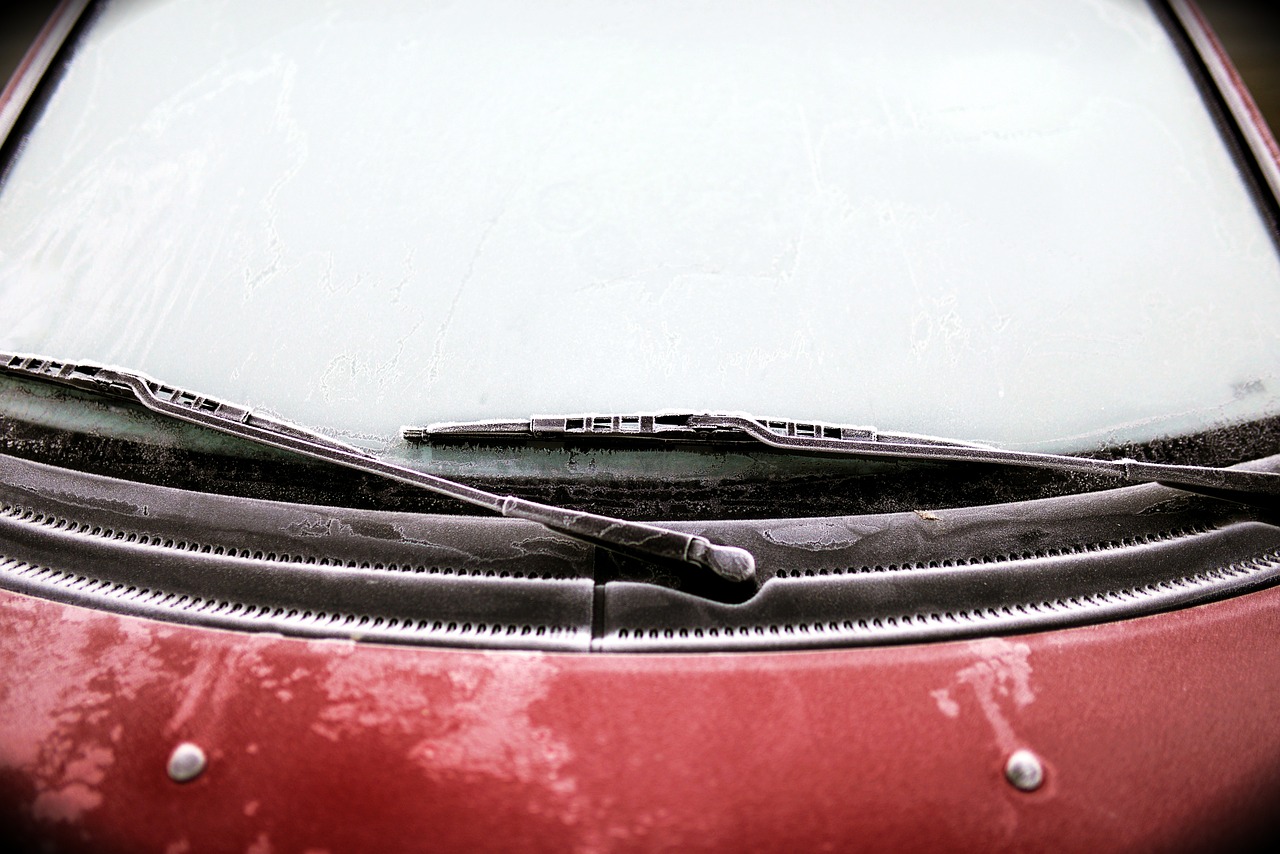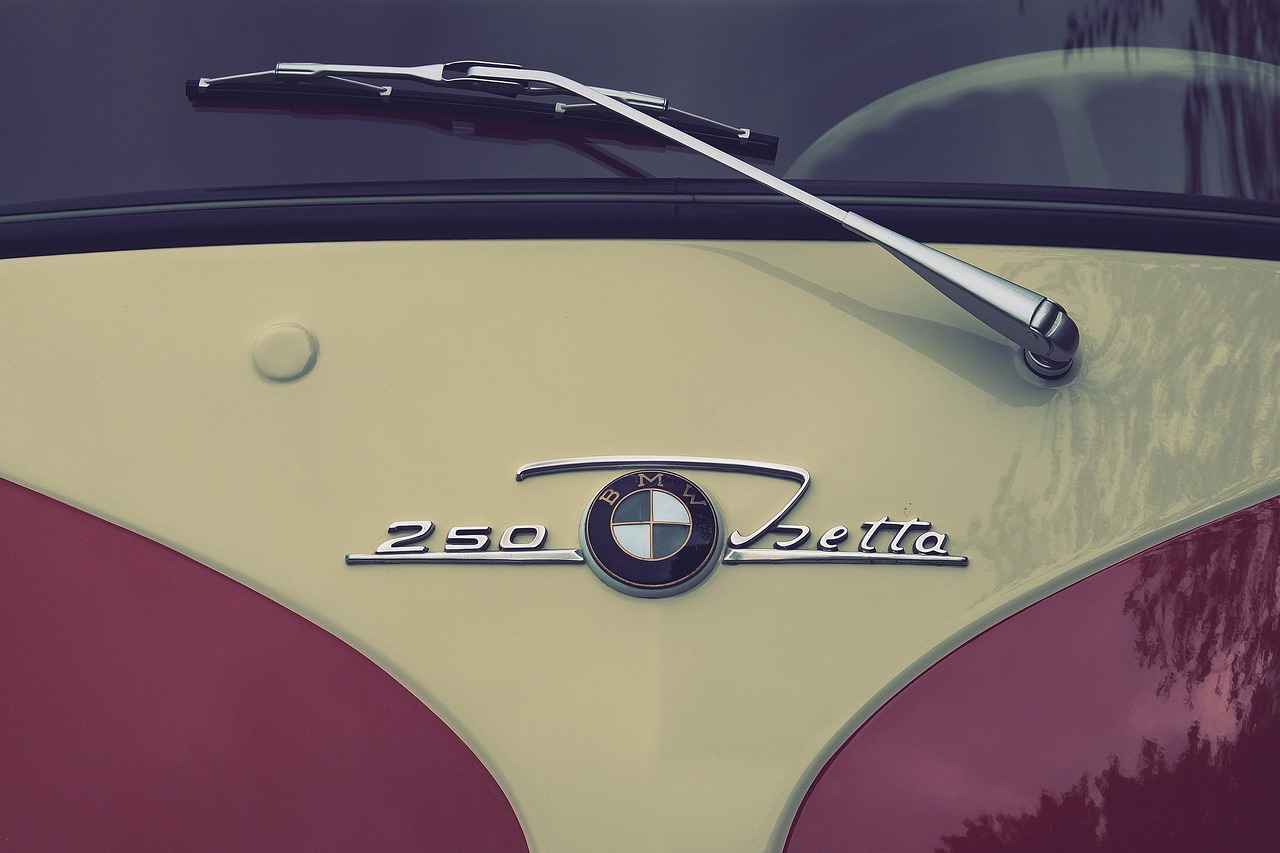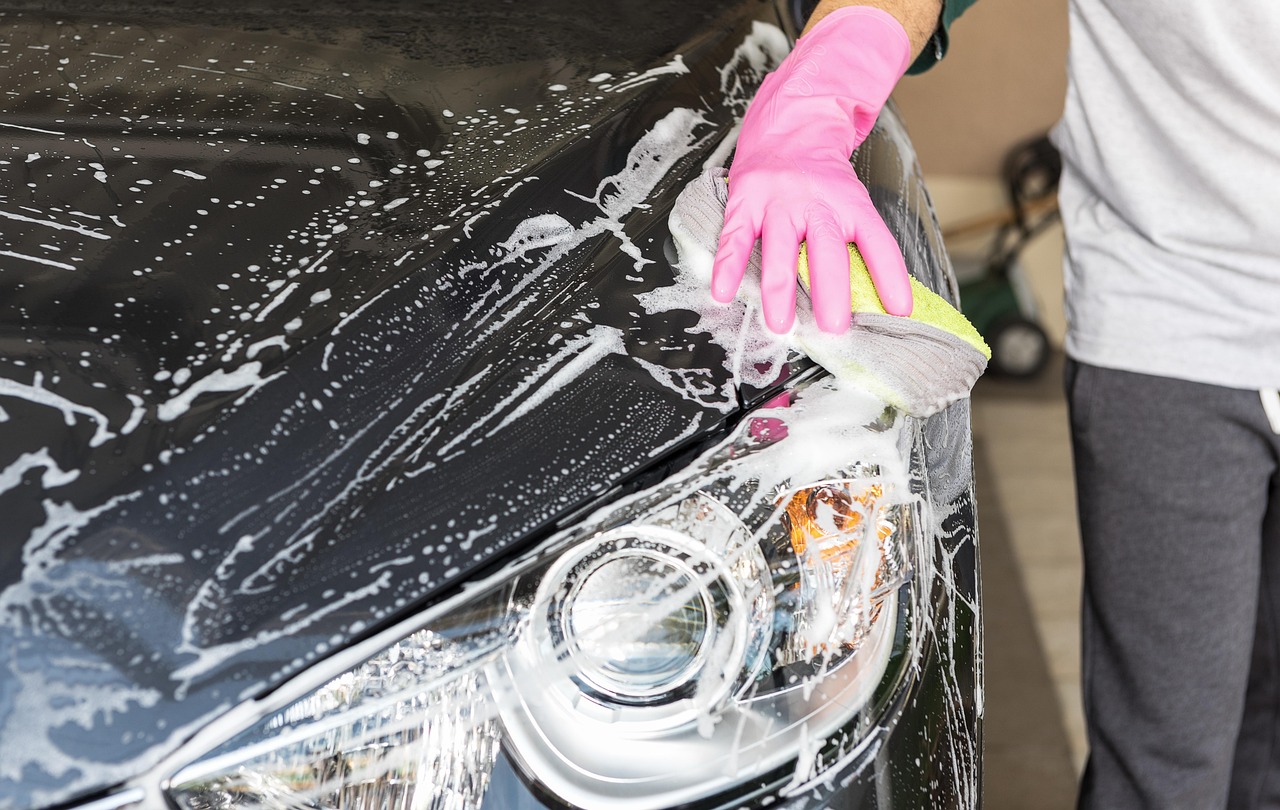This article offers essential insights into the process of changing windshield wipers, including tips, tools needed, and answers to frequently asked questions to ensure a smooth replacement experience.
Maintaining clear visibility while driving is crucial for safety, and regularly changing your windshield wipers plays a vital role in this. Old or worn-out wipers can lead to dangerous driving conditions by causing streaking, skipping, or even complete failure during rain or snow.
Recognizing the signs of worn-out wipers is essential to prevent hazardous driving conditions. Common indicators include:
- Squeaking noises while operating
- Streaks on the windshield
- Visible rubber deterioration
Look for visual cues such as:
- Cracks or tears in the rubber blade
- Fraying edges
- Inconsistent wiping patterns
If you notice any of these signs, it is time to replace your wipers.
It is advisable to inspect your windshield wipers every six months. Regular checks ensure that you replace them before they become ineffective, especially in inclement weather.
Yes, extreme temperatures can significantly impact the lifespan of your wipers. Cold weather can harden the rubber, while heat can lead to cracking. This necessitates more frequent replacements, particularly in regions with harsh climates.
Changing windshield wipers is typically a straightforward task that requires minimal tools. For most vehicles, you will need:
- A flathead screwdriver
- New windshield wiper blades
Understanding the step-by-step process to replace wipers can simplify the task. Here’s a detailed guide:
Begin by lifting the wiper arm away from the windshield until it is in a vertical position. This makes it easier to access the wiper blade for removal.
Locate the release tab on the wiper blade connector. Press the tab and slide the blade downwards to detach it from the wiper arm.
Align the new wiper blade with the wiper arm and slide it into place until you hear a click, indicating a secure fit.
Carefully lower the wiper arm back onto the windshield. Ensure that it rests flat against the glass to avoid any damage.
1. How long do windshield wipers typically last?
Most windshield wipers last between six months to one year, depending on usage and environmental conditions.
2. Can I replace just one wiper blade?
While you can replace just one, it is advisable to replace both wipers at the same time for even performance.
3. Where can I purchase new windshield wipers?
New wipers can be found at auto parts stores, online retailers, or through your vehicle manufacturer.
By following these guidelines, you can ensure your windshield wipers are always in optimal condition, enhancing your driving safety.

Why Should You Change Your Windshield Wipers Regularly?
Maintaining a safe driving experience is paramount, and one often overlooked aspect is the condition of your w windshield wipers. Regularly changing your windshield wipers is not just a matter of convenience; it is crucial for ensuring optimal visibility and safety while driving. Old or worn wipers can lead to a host of issues, including streaking, skipping, or even complete failure during rain. This article delves into the importance of changing windshield wipers regularly and offers essential insights to help you stay safe on the road.
Windshield wipers play a vital role in maintaining visibility during adverse weather conditions. When wipers are ineffective, they can obstruct your view, increasing the risk of accidents. Here are some key reasons why you should prioritize regular replacement:
- Enhanced Visibility: New wipers effectively clear rain, snow, and debris, ensuring a clear line of sight.
- Improved Safety: Effective wipers help prevent accidents caused by poor visibility.
- Cost-Effective: Replacing worn wipers is far cheaper than dealing with potential accidents or damage to your vehicle.
Recognizing the signs of worn-out wipers is essential for preventing hazardous driving conditions. Some common indicators include:
- Squeaking Noises: If you hear squeaking sounds while the wipers are in operation, it may be time for a replacement.
- Streaks on the Glass: If your wipers leave streaks or fail to clear the windshield effectively, they are likely worn out.
- Rubber Deterioration: Inspect the rubber blades for cracks, tears, or fraying; these are clear signs that replacement is necessary.
It is advisable to inspect your windshield wipers every six months. Regular checks ensure you replace them before they become ineffective in bad weather. Additionally, consider inspecting your wipers before the start of each season, especially before winter and spring, when weather conditions can be more unpredictable.
Yes, extreme temperatures can significantly affect the performance and lifespan of your wipers. Cold weather can cause the rubber to harden, reducing flexibility and effectiveness, while high temperatures can lead to cracking and deterioration. Therefore, it is essential to monitor your wipers closely during seasonal transitions.
Changing windshield wipers is a straightforward task that typically requires minimal tools. A flathead screwdriver and the new wipers are usually sufficient for most vehicles. Here’s a quick list of what you might need:
- Flathead screwdriver
- New windshield wiper blades
- Clean cloth (for cleaning the windshield)
Understanding the step-by-step process to replace wipers can simplify the task. Here’s a detailed guide to ensure you do it correctly and efficiently:
Step 1: Lift the Wiper ArmBegin by lifting the wiper arm away from the windshield until it’s in a vertical position. This makes it easier to access the wiper blade for removal.Step 2: Remove the Old Wiper BladeLocate the release tab on the wiper blade connector. Press the tab and slide the blade downwards to detach it from the wiper arm.Step 3: Attach the New Wiper BladeAlign the new wiper blade with the wiper arm and slide it into place until you hear a click.Step 4: Lower the Wiper ArmCarefully lower the wiper arm back onto the windshield, ensuring it is securely in position.
By following these steps, you can ensure that your windshield wipers are in optimal condition, greatly enhancing your driving safety.
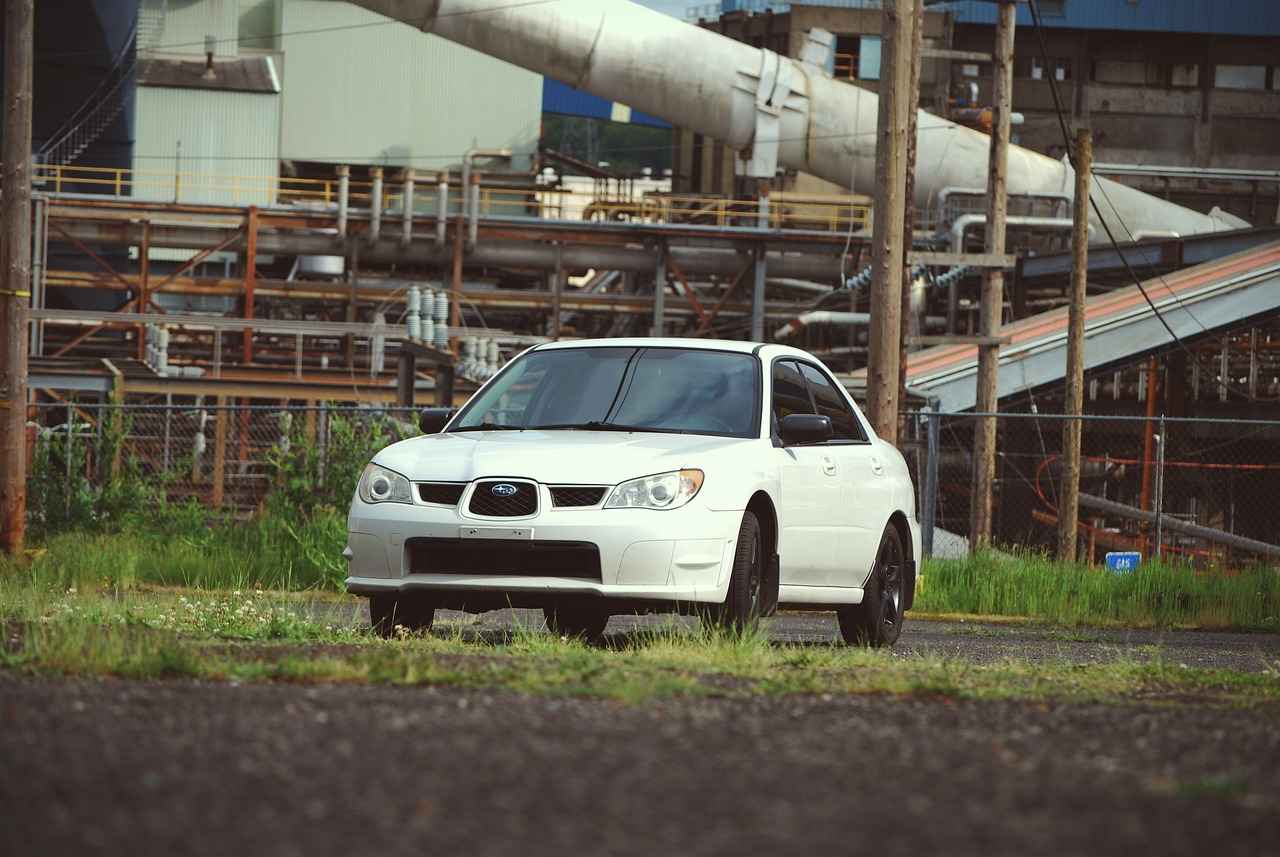
How Do You Know When to Replace Your Windshield Wipers?
Windshield wipers are a critical component of vehicle safety, ensuring clear visibility during adverse weather conditions. Understanding when to replace your windshield wipers is essential for maintaining optimal driving safety. This section will explore key indicators that signal the need for a replacement, helping you stay safe on the road.
Recognizing the signs of worn-out wipers can prevent hazardous driving conditions. Common indicators include:
- Squeaking Noises: If your wipers produce a squeaking sound while in use, it may indicate that the rubber has hardened or is damaged, reducing its effectiveness.
- Streaks on the Glass: Worn wipers often leave streaks or smudges on the windshield, obstructing your view. This is a clear sign that the wiper blades need to be replaced.
- Rubber Deterioration: Inspect the rubber blades for cracks, tears, or fraying. If you notice any deterioration, it’s time to get new wipers.
- Skipping or Jumping: If the wipers skip across the glass instead of gliding smoothly, this can indicate that the wiper blade is no longer making proper contact with the windshield.
- Missing Pieces: If parts of the rubber blade are missing, this can severely impact the wiper’s ability to clear water effectively.
Regular inspections can help you catch these issues early. It’s advisable to check your wipers every six months, especially before the rainy season. This proactive approach ensures that you replace them before they become ineffective in bad weather.
Several factors contribute to the wear and tear of windshield wipers:
- Environmental Conditions: Exposure to extreme temperatures, UV rays, and harsh weather can degrade the rubber material over time.
- Improper Use: Using wipers on a dry windshield or during icy conditions can lead to premature wear.
- Quality of Wipers: Not all wiper blades are created equal. Investing in high-quality wipers can extend their lifespan significantly.
As a general rule, it’s recommended to replace your windshield wipers every six to twelve months, depending on usage and environmental factors. If you frequently drive in heavy rain or snow, consider replacing them more often.
Absolutely! Seasonal changes can have a significant impact on the performance of your windshield wipers. For example:
- Cold Weather: In winter, cold temperatures can cause the rubber to harden, making it less flexible and effective at clearing water.
- Heat: Conversely, high temperatures can lead to cracking and deterioration of the rubber, necessitating more frequent replacements.
By being aware of these factors and regularly checking your wipers, you can ensure that they remain effective throughout the year.
Changing windshield wipers is typically a straightforward process that requires minimal tools. Most often, all you need is:
- A flathead screwdriver (for certain models)
- Your new windshield wiper blades
With the right tools and knowledge, you can easily replace your wipers and maintain clear visibility on the road.
What Are the Common Signs of Worn Wipers?
Windshield wipers are essential components of your vehicle that ensure clear visibility during adverse weather conditions. However, like all mechanical parts, they have a lifespan and can wear out over time. Understanding the signs of worn wipers can help you maintain safety on the road.
When it comes to recognizing worn windshield wipers, there are several visual and performance indicators to keep in mind. Regularly inspecting your wipers can prevent dangerous driving situations caused by poor visibility.
- Cracks and Tears: One of the most obvious signs of wear is visible damage to the rubber blade. Look for cracks, tears, or fraying on the rubber. These imperfections can significantly reduce the effectiveness of the wipers.
- Streaking: If your wipers leave streaks on the windshield, it’s a clear indication that the rubber is not making proper contact with the glass. This can lead to reduced visibility, especially during heavy rain.
- Missing Spots: When wipers fail to clear certain areas of the windshield, they may be unable to function correctly. This can create blind spots that can be hazardous while driving.
- Squeaking Noises: If you hear a squeaking or scraping sound when the wipers are in use, it usually means the rubber is hardening or damaged. This noise indicates that the wipers are not gliding smoothly across the glass.
- Hydrophobic Effect: If water beads up rather than running off the windshield, it may indicate that the wipers are not performing effectively. This can be a sign of wear or that the rubber has lost its ability to repel water.
By keeping an eye out for these signs, you can ensure that your windshield wipers are functioning optimally. Regular maintenance is crucial for your safety and the safety of others on the road.
It’s recommended to inspect your windshield wipers every six months or before the onset of harsh weather conditions. This proactive approach allows you to replace worn wipers before they become ineffective, ensuring that you maintain clear visibility when you need it most.
Yes, seasonal changes can significantly impact the performance of your wipers. Extreme temperatures can cause the rubber to degrade more rapidly. For instance:
- Cold Weather: Cold temperatures can harden the rubber, leading to cracks and decreased flexibility.
- Heat: High temperatures can cause the rubber to dry out and crack, necessitating more frequent replacements.
Being aware of these seasonal effects can help you adjust your maintenance schedule accordingly.
Changing windshield wipers is a straightforward task that typically requires minimal tools. A flathead screwdriver and the new wipers are usually sufficient for most vehicles. Always ensure that you purchase the correct size and type of wipers for your specific vehicle model.
Understanding the step-by-step process to replace wipers can simplify the task. Here’s a detailed guide to ensure you do it correctly and efficiently:
Begin by lifting the wiper arm away from the windshield until it’s in a vertical position. This makes it easier to access the wiper blade for removal.
Locate the release tab on the wiper blade connector. Press the tab and slide the blade downwards to detach it from the wiper arm.
Align the new wiper blade with the connector and slide it into place until you hear a click, indicating it is securely attached.
Carefully lower the wiper arm back onto the windshield. Repeat the process for the other wiper blade.
By following these steps and regularly inspecting your wipers, you can ensure a safe and clear driving experience in all weather conditions.
How Often Should You Inspect Your Wipers?
When it comes to ensuring a safe driving experience, one often overlooked aspect is the condition of your windshield wipers. Regular inspection of your wipers is essential, especially considering how crucial they are for maintaining visibility during inclement weather. But how often should you really inspect them?
It is generally recommended to inspect your windshield wipers every six months. This routine check allows you to identify any signs of wear and tear before they compromise your visibility in adverse weather conditions. By being proactive, you can replace them before they become ineffective, ensuring that you maintain a clear view of the road ahead.
Windshield wipers are your first line of defense against rain, snow, and debris. Neglecting to inspect them can lead to various issues:
- Streaking: Worn-out blades can leave streaks on your windshield, obstructing your view.
- Skipping: Wipers may skip across the glass, failing to clear water effectively.
- Complete Failure: In extreme cases, wipers may stop functioning altogether, which can be dangerous.
During your inspection, pay attention to the following signs that indicate it might be time for a replacement:
- Cracks or Tears: Check the rubber blades for any visible damage.
- Fraying Edges: Look for any frayed edges that may affect performance.
- Noise: Listen for squeaking or chattering sounds when the wipers are in use.
- Streaks: If the wipers leave streaks on the windshield, it’s a clear sign they need replacing.
Yes, seasonal changes can significantly impact the lifespan of your windshield wipers. In colder climates, the rubber can harden, making it less effective at clearing water. Conversely, high temperatures can cause the rubber to crack and deteriorate faster. Therefore, it’s wise to inspect your wipers more frequently during extreme weather conditions.
Changing your windshield wipers is a straightforward process that usually requires minimal tools:
- Flathead Screwdriver: This can help in removing the old wiper blades if they are stuck.
- New Wiper Blades: Always ensure you have the correct size for your vehicle.
Once you’ve inspected your wipers and determined they need replacing, follow these simple steps:
1. Lift the wiper arm away from the windshield.2. Locate the release tab on the wiper blade and press it.3. Slide the old blade downwards to detach it.4. Align the new wiper blade with the arm and slide it into place until it clicks.5. Gently lower the wiper arm back onto the windshield.
By adhering to these guidelines and regularly inspecting your windshield wipers, you can ensure that they remain effective and reliable. This simple maintenance task can greatly enhance your driving safety, particularly during challenging weather conditions.
Can Seasonal Changes Affect Wiper Performance?
When it comes to maintaining your vehicle, one often-overlooked component is the windshield wipers. Seasonal changes can significantly impact their performance, making it essential to understand how different temperatures affect the rubber material of the wiper blades. This article delves into the effects of extreme temperatures on wiper performance and offers practical tips for ensuring your wipers remain effective year-round.
In cold weather, the rubber used in windshield wipers can become hardened and less flexible. This hardening leads to a decrease in the blade’s ability to conform to the shape of the windshield, resulting in poor contact. Consequently, drivers may experience:
- Streaking on the glass, which obstructs visibility.
- Skipping motions when the wipers are activated.
- Increased wear and tear, necessitating more frequent replacements.
Conversely, high temperatures can also be detrimental. Prolonged exposure to heat can cause the rubber to crack and deteriorate. This degradation can lead to:
- Splitting of the rubber, which compromises its effectiveness.
- Loss of elasticity, making it difficult for the wipers to make proper contact with the windshield.
- Increased likelihood of wiper blade breakage, particularly during sudden rainstorms.
Given the impact of temperature fluctuations, it’s crucial to conduct regular inspections of your windshield wipers. Experts recommend checking your wipers every six months, particularly before the onset of winter or summer. By doing so, you can:
- Identify any signs of wear, such as cracks or tears.
- Ensure that the rubber is still flexible and able to maintain contact with the windshield.
- Replace any damaged blades before they affect your visibility.
During your inspection, keep an eye out for the following signs that indicate your wipers may need replacement:
- Fraying or tearing of the rubber blade.
- Visible cracks or hardening of the rubber.
- Increased noise during operation, such as squeaking or grinding sounds.
To prolong the life of your windshield wipers, consider the following tips:
- Park your vehicle in a garage or shaded area to minimize exposure to extreme temperatures.
- Use a windshield cover during winter to prevent ice buildup on the wiper blades.
- Regularly clean the wiper blades with a damp cloth to remove dirt and debris that can cause wear.
In summary, understanding the effects of seasonal changes on windshield wiper performance is vital for maintaining safe driving conditions. By taking proactive measures to inspect and care for your wipers, you can enhance their longevity and ensure they perform optimally, regardless of the weather.
What Tools Do You Need for Wiper Replacement?
When it comes to maintaining your vehicle, changing windshield wipers is one of the simplest yet most important tasks you can undertake. Not only does it enhance your visibility during inclement weather, but it also contributes to your overall safety on the road. In this section, we will delve into the essential tools required for a successful wiper replacement.
Changing windshield wipers is a straightforward task that typically requires minimal tools. In most cases, you will need:
- Flathead screwdriver: This tool is often necessary to help detach the old wiper blade from the arm, especially if the connector is a bit stiff.
- New wiper blades: Ensure you have the correct size and type for your vehicle. Check your owner’s manual or consult with a local auto parts store for guidance.
- Measuring tape: While not always necessary, a measuring tape can help ensure you purchase the right length of wiper blades.
- Cleaning cloth: A microfiber cloth can be handy for cleaning the windshield and the wiper arms before installation.
Having these tools on hand can make the replacement process much smoother and quicker.
Using the right tools not only makes the job easier but also prevents damage to your vehicle. For instance, using a screwdriver that is too large may strip the screws, making future replacements more difficult. Similarly, installing the wrong size wiper blade can lead to poor performance, such as streaking or skipping, which can compromise your visibility.
Choosing the correct wiper blades is crucial for optimal performance. Here are some tips:
- Consult your vehicle’s manual: This is the best source for finding the correct size and type of wipers.
- Check for compatibility: Some vehicles require specific types of wiper blades, such as beam blades or conventional blades.
- Consider seasonal variations: If you live in an area with extreme weather conditions, look for wipers designed to withstand such environments.
While it is possible to replace some wiper blades without tools, having the right tools can significantly ease the process. Many modern wiper blades come with a quick-release mechanism that allows you to change them easily by hand. However, for older models or specific designs, a flathead screwdriver may still be necessary to assist in the removal.
To ensure a hassle-free replacement experience, consider these tips:
- Work in a shaded area: Direct sunlight can cause the rubber of the wipers to heat up and become more pliable, making it difficult to handle.
- Clean the windshield: Before installing new wipers, clean the windshield thoroughly to remove any debris or residue that could affect performance.
- Test the new wipers: After installation, test the wipers to ensure they are functioning correctly and making proper contact with the windshield.
By following these guidelines and utilizing the right tools, you can effectively replace your windshield wipers and maintain clear visibility on the road.

What Are the Steps to Change Windshield Wipers?
Changing your windshield wipers is an essential maintenance task that can significantly enhance your driving safety. Understanding the step-by-step process to replace wipers can simplify the task. Here’s a detailed guide to ensure you do it correctly and efficiently.
Replacing windshield wipers is a straightforward process that anyone can do with a little guidance. Follow these steps for a successful wiper replacement:
- Step 1: Gather Your Tools
Before you start, ensure you have the necessary tools. Typically, you will need:- New windshield wipers
- A flathead screwdriver (if required)
- A clean cloth to wipe the windshield
- Step 2: Lift the Wiper Arm
Begin by lifting the wiper arm away from the windshield until it’s in a vertical position. This will give you better access to the wiper blade for removal. - Step 3: Remove the Old Wiper Blade
Locate the release tab on the wiper blade connector. Press the tab and slide the blade downwards to detach it from the wiper arm. If you encounter resistance, gently wiggle the blade while pulling to avoid damaging the arm. - Step 4: Attach the New Wiper Blade
Take your new wiper blade and align it with the wiper arm. Slide it into place until you hear a click, indicating it’s securely attached. Make sure it’s facing the correct direction for optimal performance. - Step 5: Lower the Wiper Arm
Carefully lower the wiper arm back onto the windshield. Ensure that the blade does not touch the glass with excessive force to avoid any damage. - Step 6: Test the Wipers
Turn on your vehicle and test the new wipers to ensure they operate smoothly. Check for any unusual noises or skipping, which could indicate improper installation.
By following these steps, you can effectively change your windshield wipers, ensuring clear visibility during inclement weather. Regular maintenance of your wipers will enhance your driving experience and keep you safe on the road.
Remember, if you have any doubts or encounter difficulties during the replacement process, consult your vehicle’s manual or seek assistance from a professional. Taking the time to change your windshield wipers regularly can make all the difference in maintaining safe driving conditions.
Step 1: Lift the Wiper Arm
Changing your windshield wipers is an essential maintenance task that can greatly enhance your driving safety. One of the first steps in this process is to lift the wiper arm, a simple yet crucial action that sets the stage for a successful replacement. Here’s a detailed guide on how to properly lift the wiper arm and why it’s important.
To begin the replacement process, you should lift the wiper arm away from the windshield until it reaches a vertical position. This action is not just about convenience; it significantly improves access to the wiper blade, making it easier to remove and replace.
When lifting the wiper arm, ensure you do it gently to avoid damaging the arm or the windshield. The wiper arm is designed to pivot, allowing you to raise it without exerting excessive force. Once the arm is in a vertical position, you’ll notice that the blade is now more accessible, which facilitates the next steps in the replacement process.
Lifting the wiper arm is a critical step for several reasons:
- Prevents Damage: Keeping the wiper arm in a vertical position helps prevent accidental damage to the windshield or the wiper mechanism.
- Enhances Safety: A clear view of the windshield is crucial for safe driving, and replacing wipers in the correct position ensures that they function properly.
- Simplifies the Process: It allows for easier access to the wiper blade, making it a straightforward task even for those who may not be mechanically inclined.
While lifting the wiper arm, consider the following tips:
- Be Gentle: Avoid using excessive force to lift the arm, as this can lead to damage.
- Check the Weather: If it’s raining or there’s moisture on the windshield, ensure the wiper blades are dry to avoid slipping.
- Use Both Hands: If necessary, use both hands to stabilize the arm while you work on the blade.
Once the wiper arm is lifted, the next step is to remove the old wiper blade. Look for the release tab on the connector of the wiper blade. By pressing this tab, you can slide the blade downwards, detaching it from the wiper arm with ease. This step is crucial for ensuring that the new wiper blade can be installed without any issues.
In summary, lifting the wiper arm is a simple yet vital step in the process of changing windshield wipers. It not only makes the job easier but also helps to ensure that your new wipers will function effectively, providing you with a clear view of the road ahead. Always remember to handle the wiper arm with care to maintain the integrity of both the arm and the windshield.
Step 2: Remove the Old Wiper Blade
Changing your windshield wipers is a simple yet essential task that can significantly enhance your driving safety. In this section, we will delve into the critical step of removing the old wiper blade, ensuring that you have a clear understanding of the process.
Before you start, it is important to gather a few tools that may assist you in the process, such as a flathead screwdriver and the new wiper blades you intend to install. Here’s a detailed breakdown of the steps involved in removing the old wiper blade:
- Locate the Release Tab: Begin by examining the wiper blade connector. You will find a small release tab that secures the blade to the wiper arm. This tab is often designed for easy access, allowing for a straightforward removal process.
- Press the Release Tab: Firmly press the release tab with your thumb or forefinger. It may require a bit of pressure, but be cautious not to apply too much force that could damage the connector.
- Slide the Blade Downwards: While holding the release tab down, gently slide the wiper blade downwards towards the windshield. This action will detach the blade from the wiper arm. Make sure to guide it smoothly to avoid any sudden jerks that could lead to accidental damage.
- Check for Additional Connectors: Some wiper blades may have additional connectors or hooks. If your wiper blade has a unique design, consult the manufacturer’s instructions for specifics on how to detach it properly.
Once the old wiper blade is detached, it is advisable to inspect the wiper arm for any signs of wear or damage. If the arm appears to be in good condition, you can proceed to install the new wiper blade. However, if you notice any issues, consider replacing the wiper arm as well to ensure optimal performance.
Understanding the correct method for removing the old wiper blade is crucial for several reasons:
- Prevents Damage: Improper removal can lead to damage to the wiper arm or the new blade, resulting in additional costs.
- Ensures Safety: A properly functioning wiper system is vital for maintaining visibility during adverse weather conditions, thus enhancing overall driving safety.
- Saves Time: Knowing the correct procedure allows you to complete the task quickly and efficiently, minimizing downtime.
By following these steps closely, you can ensure that the removal of your old wiper blade is done correctly, paving the way for a successful installation of your new wipers. Remember, regular maintenance of your windshield wipers is key to safe driving.
Frequently Asked Questions
- How often should I change my windshield wipers?
It’s recommended to change your windshield wipers every six months to a year, depending on usage and weather conditions. Regular checks can help you catch any signs of wear before they become a problem.
- What are the signs that my windshield wipers need replacing?
Look out for squeaking noises, streaks on your windshield, or visible damage like cracks and tears on the rubber blades. If your wipers are leaving spots or not clearing the glass effectively, it’s time for a change.
- Can I replace my windshield wipers myself?
Absolutely! Replacing windshield wipers is a simple task that you can do yourself with minimal tools. Just follow the steps in our guide, and you’ll have new wipers in no time!
- Do different weather conditions affect wiper lifespan?
Yes, extreme temperatures can impact the rubber’s durability. Cold weather can make the rubber stiff, while heat can cause it to crack, leading to more frequent replacements.
- What tools do I need to change my windshield wipers?
Typically, all you need is a flathead screwdriver and your new wipers. Most vehicles allow for easy replacement without the need for specialized tools.

